
LASIK is short for Laser-Assisted in Situ Keratomileusis, a procedure performed in patients suffering from refractive errors. During the surgery, surgeon firstly cuts a thin flap of tissue. Then some of the corneal tissue is vaporized away which improves one's vision. At the end the flap is placed back over the front part of the eye. This surgical procedure is an excellent choice for all three refractive errors including myopia, hyperopia and astigmatism.
LASIK is suitable for all people who do not want to wear eyeglasses or contact lenses any more. Still, prior to surgery it is essential to get all the information about benefits of the surgery as well as potential complications.
LASIK Postoperative Care
All patients must be monitored and undergo regular postoperative check-ups. This way the surgeon will have insight in the outcome and may timely detect potential complications. It is of major importance to follow doctor's orders and stick to all the regimes he/she prescribes. The first visit to the surgeon after LASIK surgery if the day after the operation, the second one is a week after and finally there are three more check-ups, after 3,6, and 12 months.
Eye Protection
The corneal flap is not sutured and it is supposed to connect spontaneously to the rest of the eye within two weeks. In the meantime, one should abstain from rubbing his/her eyes. Wiping of the eye is allowed but only if gently performed. Finally, the operated eye can be covered with a shield.
Bathing and Make-up
The operated eye must be kept dry. Damage can be even more severe if one exposes the eye to the shower. The rest of the face can be washed but carefully.
As far as make-up is concerned, it is strictly forbidden until corneal flap completely heals. Particles of certain make-up products may enter the flap and interfere in recovery.
Physical Activity
Right after LASIK surgery patients are discharged and sent home to rest. They may watch TV or read but these two activities should be limited because of potential eye strain. During the first few weeks one is not advised to participate in certain sports. If, however, patients are not obedient, they should at least wear a protective shield. This shield should be also worn while exercising because it prevents sweat from getting into the eye.
The majority of patients return to work within a few days and driving is allowed the following day.Medications
Postoperative pain and discomfort can be alleviated with over-the-counter medications. Most patients are prescribed specific eye drops and may also use artificial tears. These are highly efficient against dry eyes and eliminate all the foreign particles that may have entered the eye.


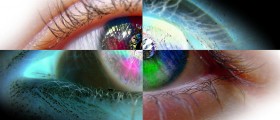
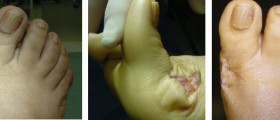
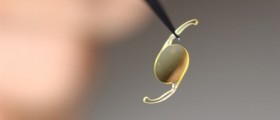
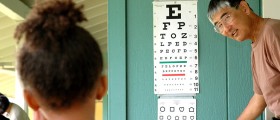
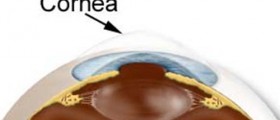
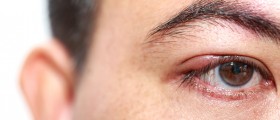
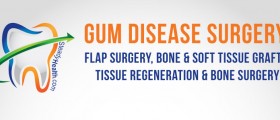
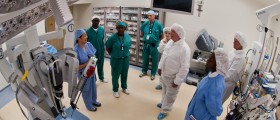
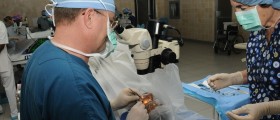
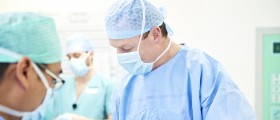

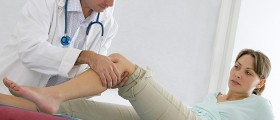
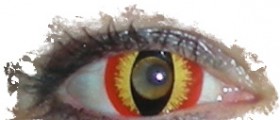

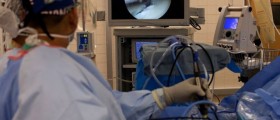
Your thoughts on this
Loading...